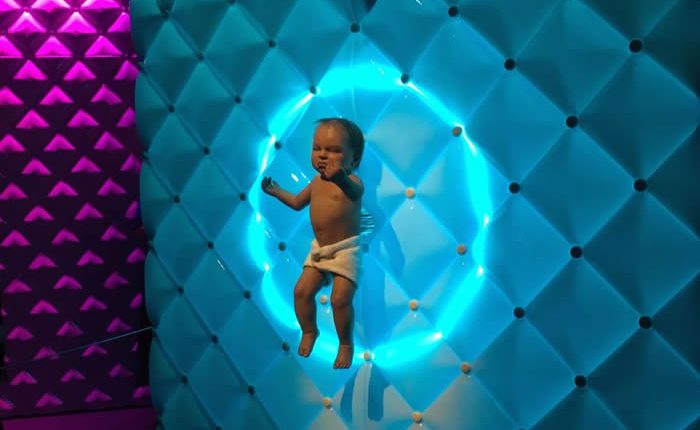The good, the bad and the robots
The original concept of a robot, being mechanical beings has been around for centuries and given shape to so many weird and wonderful interpretations of the world.
However, now, chances are if you are met by a robot it will have huge inviting eyes, perform a dance for you and be white, made of plastic. As service robots which are designed to help humans with everyday tasks, slowly make their way into our homes there is a distinctive familiarity in them.
2017 will see a major exhibition, as the Science Museum in London has unearthed some of the most bizarre and complex robots created by mankind. Running from February 8th to September 3rd, the Robots Exhibition (costing £15 for adults, £13 for concessions, and free for under 7s) explores 500 years of robotics.
Within the collection are news-reading, theatrical-performing bots, an ancient robotic monk and the latest humanoids sporting artificial intelligence.
As Science Museum director Ian Blatchford explained at the exhibition’s opening, the collection was designed to show the ‘unsettling truths’ about humanity and how we view ourselves. Blatchford believes it to be the “most intelligent global and complete collection of robots” in the world.
Walking around the first floor exhibition space at the London museum, it’s possible to see the effort and thought that has been put into the Robots collection. It is started off with a creepy wall of robotic eyes attached to skulls, which track you as you walk past.
Next is a hair-raising animatronic baby attached to a wall and surrounded by a glowing halo of light. The museum’s exhibition says robotics like the baby one is used in films and can provoke emotions to protect it or even be repelled by it.

During the journey through the exhibition, it’s possible to see the evolution in robotics. Early items include automated Victorian cups used during drinking games, a 400-piece lathe, and steel arms.
Cyril Jourdan from The Robot Studio shared: “It’s quite impressive to see the evolution of humanoid robots.”
Jourdan continued: “The major change is obviously electronics and the computing side but mechanically we find some similarities and nice evolution in materials, such as 3D printing and new plastic, which they didn’t have.”
The improvement in technologies develops as you move through the exhibition. Towards the end, robots like Baxter and Pepper can be interacted with. Across the exhibition, there are 16 bots that are able to move; ranging from unnerving looking humanoids to the majestic Silver Swan.
On loan from the Bowes Museum in County Durham the Silver Swan, created in 1773, is controlled by three clockwork mechanisms that allow it to swim, preen and motion as if it was catching fish. It is the first time the swan has left the Bowes since 1872 and its movements will be demonstrated at certain times during the exhibition.
While the Robots exhibition will run until September, the Silver Swan will not be hanging around for the full duration as it leaves the Science Museum on March 23rd. However, in a pleasing touch, the museum has said its collection of robots will go to Manchester in 2017, Newcastle in 2018, Edinburgh in 2019 and tour internationally in 2021.
At the pinnacle of the collection is the Museum’s recreation of the UK’s oldest robot, Eric. Known as the man without a soul, a crowd funding campaign in 2016 saw a replica of the 1930s robot rebuilt in a south London garage.
More information: WIRED.


